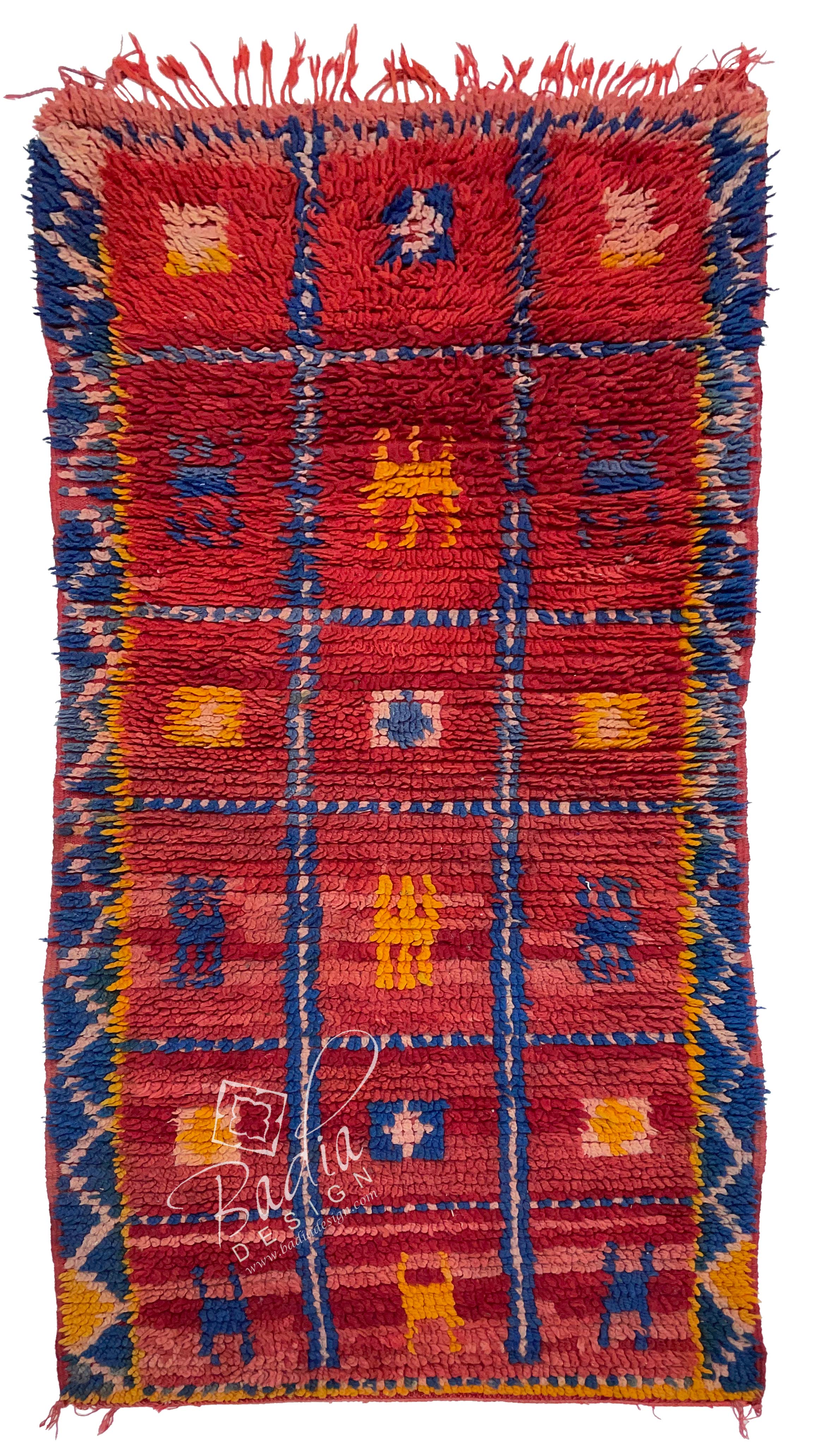Handmade Moroccan Berber Rugs
Handmade Moroccan Berber Rugs
Blog Article
Moroccan Berber Rugs: A Blend of History, Craftsmanship, and Timeless Style
These rugs have enchanted people across the globe with their historical significance, remarkable artistry, and versatile aesthetics. These rugs can enhance any space, from a snug living area to an elegant hotel suite. In this article, we’ll explore the fascinating history of Moroccan Berber rugs, the detailed artistry involved in their production, their exceptional longevity, and creative ways to incorporate them into today’s interiors.
These rugs originated with the ancient tribal artisans of North Africa, dating back centuries. The Berbers, with their rich cultural heritage, crafted unique weaving methods as a practical response of their nomadic lifestyles and varied environmental conditions.
The symbols and motifs in these rugs narrate stories that are unique to the tribe or family of origin. These symbols frequently represent themes of safety, growth, or nature, making each rug a deeply personal creation. Historically, these rugs were made for practical use, offering warmth in the cold Atlas Mountains or serving as bedding in arid environments.
In the mid-20th century, Moroccan Berber rugs gained global popularity when prominent designers like Le Corbusier and Frank Lloyd Wright began incorporating them into their architectural masterpieces. Now, these rugs are highly sought after for their beauty and historical depth.
These rugs are created using time-honored techniques, preserved over many generations. It represents a harmonious fusion of cultural heritage and artistic skill.
These rugs are made from materials like wool, camel hair, and cotton, valued for their strength and comfort. Wool is especially prized for its luxurious feel, resilience, and insulating properties. Artisans often hand-spin the wool, giving each rug a unique look and feel.
Weaving these rugs is a time-intensive process, requiring weeks or months on traditional looms. The knotting style, from Beni Ourain’s casual elegance to Azilal’s tighter weaves, dictates its overall quality and appeal.
Natural dyes derived from organic sources are used to create the vibrant colors found in many Berber rugs. Neutral shades dominate Beni Ourain designs, while brighter Azilal and Boucherouite pieces feature striking colors like red, blue, and yellow.
One of the key features of Moroccan Berber rugs is their exceptional durability. As a result, they’re an excellent fit for living spaces and offices.
The use of high-quality natural fibers ensures that Berber rugs hold up over years of use. Wool’s elasticity and stain resistance contribute to their durability.
Cleaning and maintaining a Moroccan Berber rug is relatively simple. Routine vacuuming and periodic professional care can preserve their beauty for decades.
How to Decorate with Moroccan get more info Berber Rugs
Adding Moroccan Berber rugs to modern spaces is simpler than it seems. These rugs' adaptability allows them to suit various aesthetics, including minimalist and bohemian styles.
1. Create a Focal Point in the Living Room
Use a large Beni Ourain rug as the centerpiece of your living room. The rug’s muted tones and clean lines bring cohesion to the space and exude coziness.
2. Add Color to Neutral Spaces
If your space leans toward a monochromatic or minimalist aesthetic, a vibrant Azilal or Boucherouite rug can introduce a pop of color and visual interest. These rugs work particularly well in neutral-toned rooms, where they serve as a focal point.
3. Layer Rugs for Texture
For a cozy, eclectic vibe, layer a smaller Berber rug over a larger natural-fiber rug, such as jute or sisal. This pairing enhances texture and emphasizes the unique patterns of the Berber rug.
4. Elevate the Look of Offices and Workspaces
Moroccan Berber rugs are perfect for adding elegance and warmth to professional spaces, including offices and lounges. Their handmade quality conveys a sense of luxury and authenticity.
5. Display Moroccan Berber Rugs as Decorative Art
Some Moroccan Berber rugs are so visually stunning that they deserve to be displayed as art. Displaying a Berber rug on a wall highlights its intricate design and cultural significance.
Why Moroccan Berber Rugs Are a Wise Investment
Moroccan Berber rugs combine functionality, beauty, and cultural depth, making them a valuable choice for homes and businesses alike. These rugs are built to last, and their classic designs remain relevant despite evolving decor trends.
Eco-Friendly and Ethical Craftsmanship
Berber rugs are often made with environmentally responsible and sustainable techniques. Purchasing these rugs helps preserve artisan traditions while enriching your decor with sustainable beauty.
Increasing Value Over Time
Vintage or unique Moroccan Berber rugs tend to grow in worth over the years. They are both functional decor and collectible assets.
 Report this page
Report this page